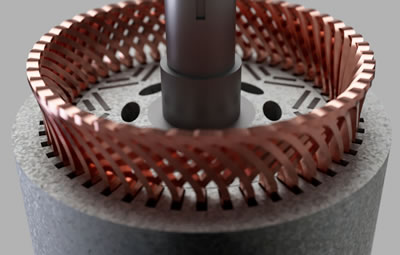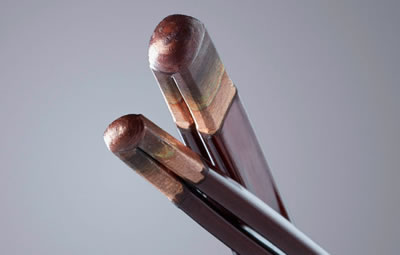How can you design one of the best motors in the world? How can you make sure that the motor will be robust and reliable? What differentiates a good project delivery from a bad one?
These are the type of questions where the Design for Six Sigma process methodology comes in place. Engineers are always striving to create better solutions in faster product cycles, but with the increased complexity of the systems and operations, the task becomes more and more difficult. Six Sigma has evolved through the last decades as a tool to support engineering in this complex environment. All the established OEM's have dedicated teams to analyse and perform Six Sigma Activities in an effort to increase the reliability and robustness of their automotive products. While this holds true for the mainstream automotive departments (e.g. chassis, interior, engines), there is a slow adaptation of the methodology in the field of new technologies (Electric Motor and Batteries). Given the fact that Electrification technologies are relatively new to the automotive world, many times the research applied for the newer designs is closer to basic research rather than development to implement Six Sigma Robustness. This typically led to increased time and cost for development.
In this whitepaper, we will explore an example from a real-world application, a process that is critical to the performance of Electric Motors with Hairpin Winding. Although the example focuses on motor windings, the process methodology is the same and applies to all electrification components, such as batteries, inverters, and HV auxiliaries.


